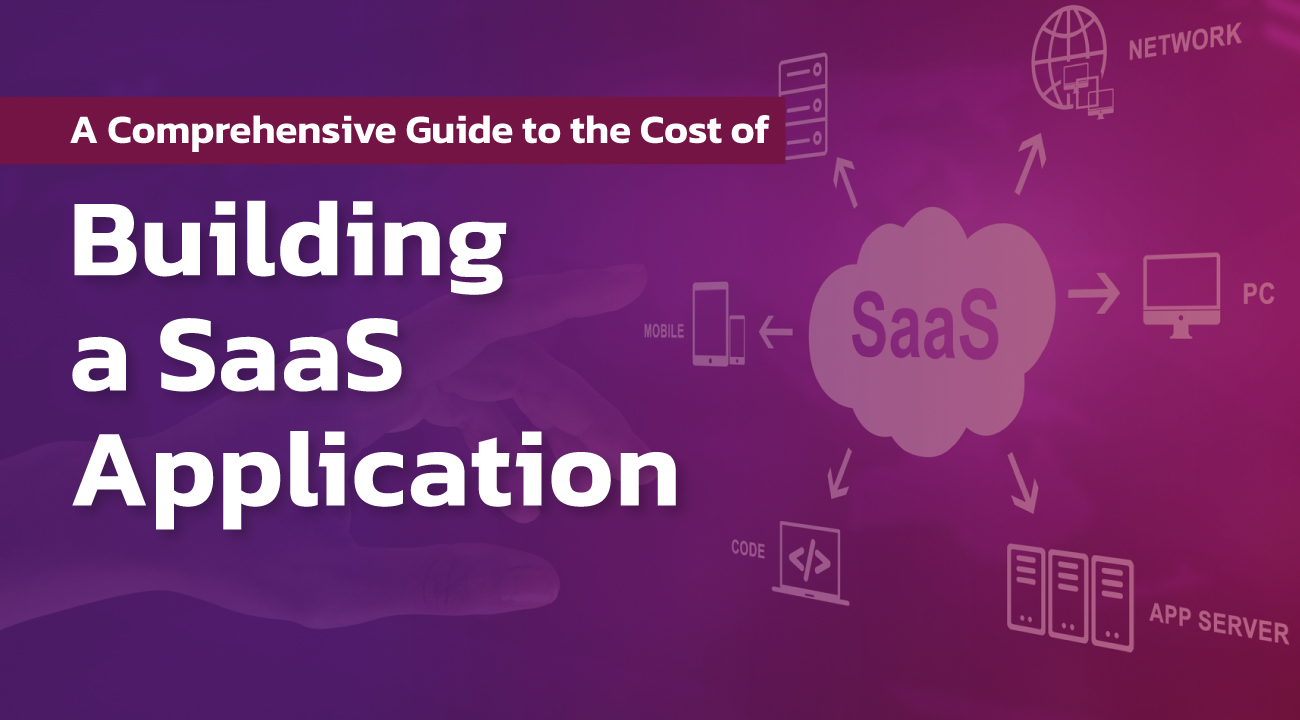
In today’s fast-paced business world, steady growth is essential to create a footprint in the industry. But do you know what steps should be taken to ensure its success? How to increase your revenue? Do you have a roadmap to achieve your goals?
Well, there are no sure-shot tricks or magic to make things work in our favor. But yes, one switch that can change your business is SaaS. One of the opportunities to scale up your revenue is through SaaS development.
– Software as a Service (SaaS) has become increasingly popular in recent years. According to Gartner’s Worldwide Public Cloud Services End-User Spending Forecast, global spending on SaaS reached $146 billion in 2021 and is expected to reach $195 billion in 2023. This is a 33 percent increase in just two years!
SaaS software companies are growing worldwide, with prominent companies such as Microsoft, Salesforce, Oracle, SAP, and Google leading the way. Public cloud spending is expected to reach $500 billion by 2023.
This comprehensive guide will help you explore the cost of building a SaaS application and provide insights into the SaaS industry. Follow along to learn more about the current demands and how to win the competition.
SaaS, Software as a Service, is a delivery model in which a third-party provider hosts applications and makes them available to customers over the Internet. SaaS offloads traditional practices of installation & maintenance on-premises with data centers & computers to a cloud-based model.
SaaS works on the following models:
– Flexible payment options: SaaS offers various pricing structures and eliminates upfront software and hardware purchases.
– Scalability: SaaS enables easy expansion and selective feature options.
– Updates: SaaS providers handle software updates and upcoming feature development.
– Accessibility: SaaS allows access to applications from any device and location.
– Adaptability: SaaS offers scalability, accessibility, and insight to help companies adapt to change.
– Increased collaboration: SaaS facilitates file sharing and collaboration across teams and departments.
– Security: SaaS offers enterprise-level security and disaster recovery protocols to protect data.
SaaS Migration: What it is & Reasons to Migrate to SaaS
SaaS migration is the way organizations can relieve themselves from an IT team & its tedious tasks of maintenance & security. The top benefits of offloading to SaaS are:
– Lowered IT Costs: With the SaaS Migration process, businesses can eliminate the need to hire IT staff and focus on other core innovative operations.
– Easy IT Operations: Moving to SaaS can simplify your IT operations. The SaaS service provider takes care of everything from installation to maintaining a smooth, ongoing process.
– Ownership Cost: Moving the traditional on-premises software model to the SaaS cloud can reduce the total cost of ownership and encourage long-term cost-saving.
– Scalable Opportunities: SaaS pricing models allow you to scale software operations based on demand, avoiding over-provisioning.
– Enhanced Security: SaaS vendors provide strong security measures to safeguard sensitive data, including encryption, regular audits, and access control.
And, without the advantages mentioned, 99% of companies in your field could be ahead of you by 2023. Also, according to another study, around 57% of organizations will use hybrid or cloud-based SaaS software as a service.
The exact cost of application development depends on the following factors:
The answer is there is no definite answer to costing since it depends on what features you want to integrate. In the above guide, we have covered the major aspects you should know that affect the overall cost of building. If you are planning to build a SaaS application, as a leading SaaS consulting company, we can help you get the most appropriate solution at a minimum cost.
©2025 Samyak Infotech Pvt Ltd. | All trademarks, images and logos are the property of their respective owners.